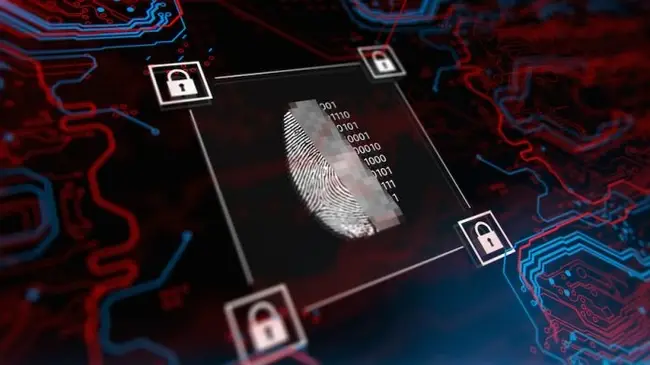According to a recent report, cyberattacks on critical infrastructure and strategic industrial assets are one of the top five global risks for executives. In order to keep critical systems up and running, it is therefore vital that companies implement robust industrial cybersecurity.

The cost of poor security
2019 will see the emergence of smarter cybersecurity, smarter technology, and smarter hackers. In fact, hackers will reportedly turn to exploiting Industrial Internet of Things (IIoT) devices in order to gain access to sensitive informaton. Today, cyberattacks have costs companies millions of dollars due to the disruption of services and critical operations. As a Nozomi Networks whitepaper observes, "without visibility and cybersecurity, customer and employee safety are at risk." Business leaders must now protect the entire organisation beyond enterprise IT systems, which includes operational technology (OT) environments. In order to mitigate OT risk, Nozomi recommends aligning IT and OT teams to reduce costs and streamline projects.
The rise of IIoT
The current computing landscape also demands "increasing connectivity and data sharing between disparate systems", Nozomi notes. IIoT and Industry 4.0 also involve "connecting smart devices and sharing the data they produce to improve existing business models and enable new ones." IIoT and Industry 4.0 contribute to reduced costs, improved productivity, energy savings and faster responses. Nevertheless, the implementation of IIoT also increases the risk of cyberattacks. The industry has seen "dramatic rise" in cyberattacks targeting critical infrastructure and manufacturing systems. As a result, a 2018 Marsh report indicates that three-quarters of energy executives worry about cyberattacks interrupting their business operations.
IT/OT convergence is the answer
In order to reduce attacks on industrial systems, it is integral that IT and OT teams converge. As Nozomi notes, "IT personnel generally have better cybersecurity and cloud expertise, whereas OT staff know how to keep cyberphysical processes running." As a result, collaboration between these two groups reduces cybersecurity blind spots and costs. Nevertheless, implementing this requires "strong direction and ongoing leadership commitment." As the risk of cyberattacks to critical infrastructure and manufacturing organisations increases, it is crucial that enterprises actively monitor and secure OT networks. Nozomi Networks therefore provides "superior visibility, real-time network monitoring and threat detection in a passive, non-intrusive manner."
How have the motivations of bad actors changed? Listen to our latest podcast with cybersecurity expert Dr Andrew Aken to find out







Comments ( 0 )